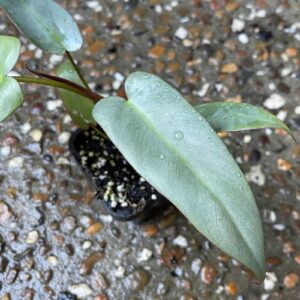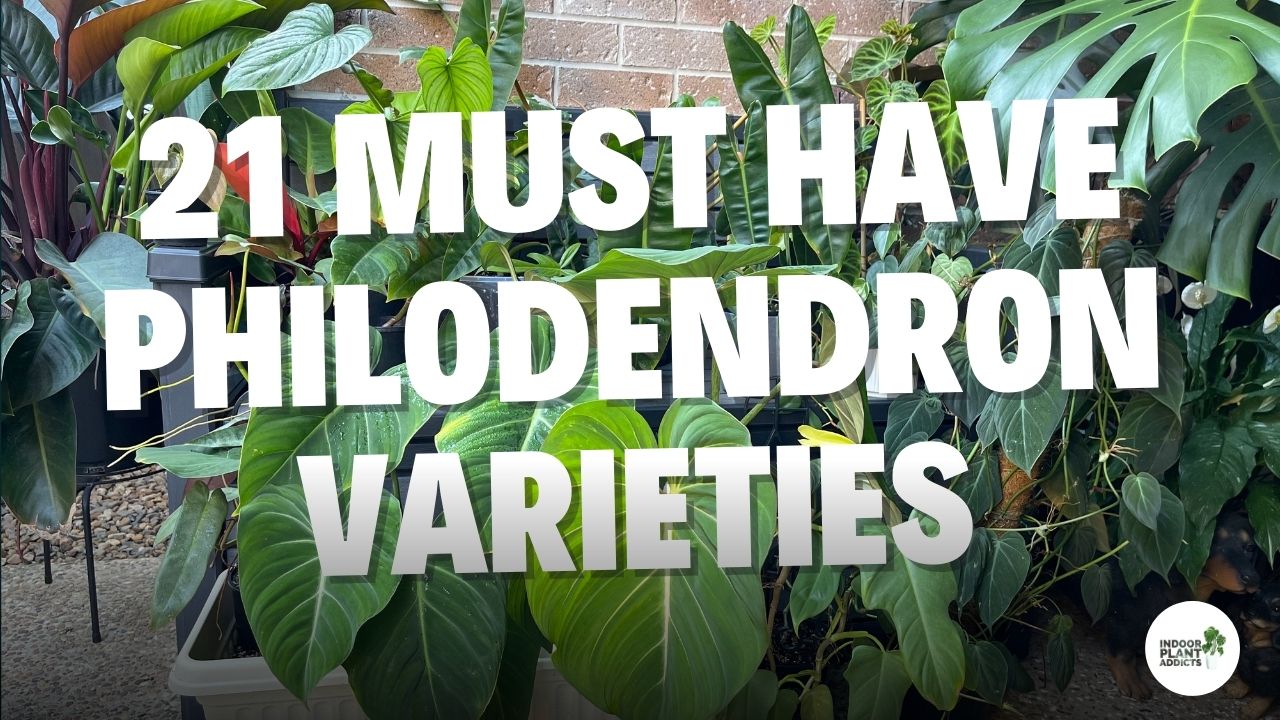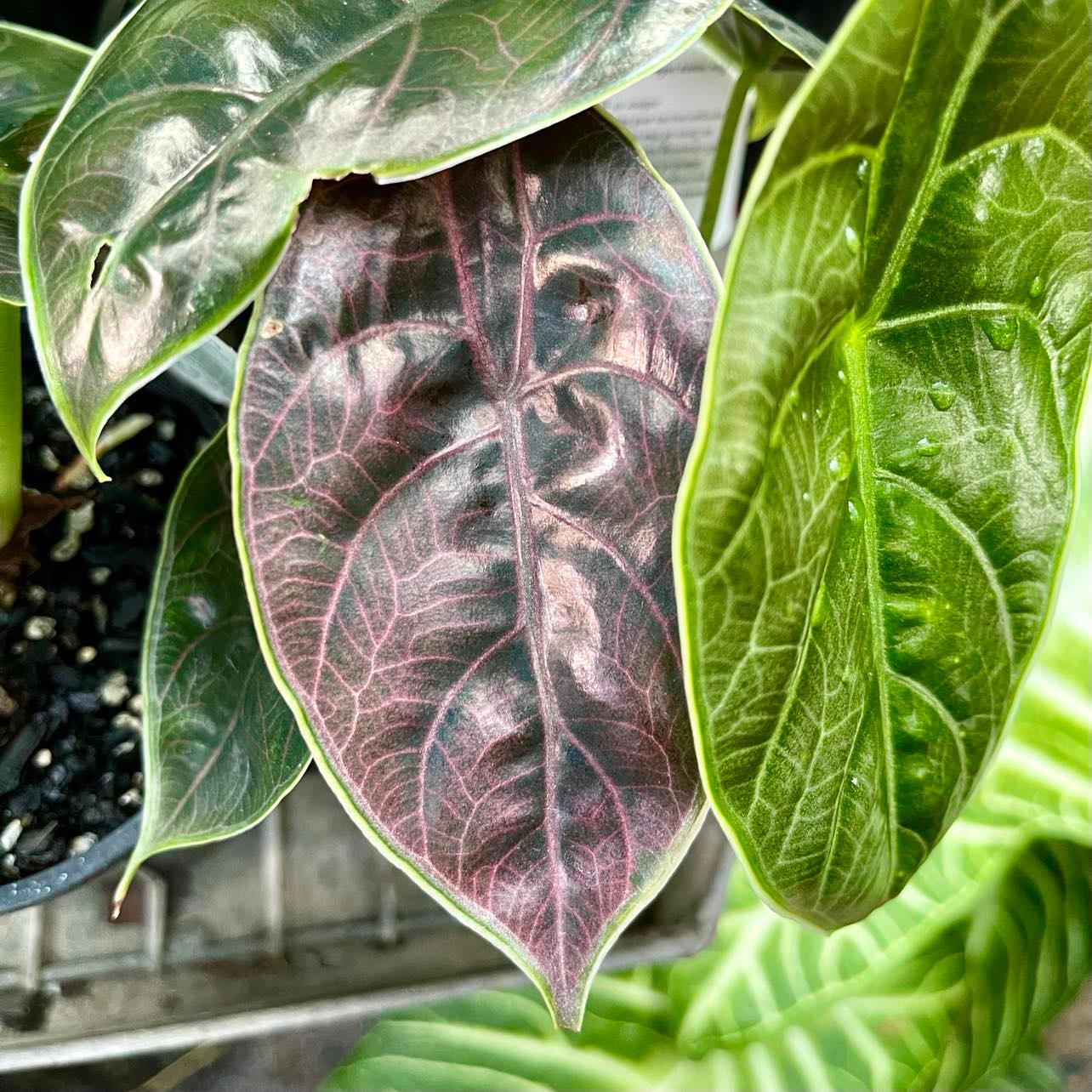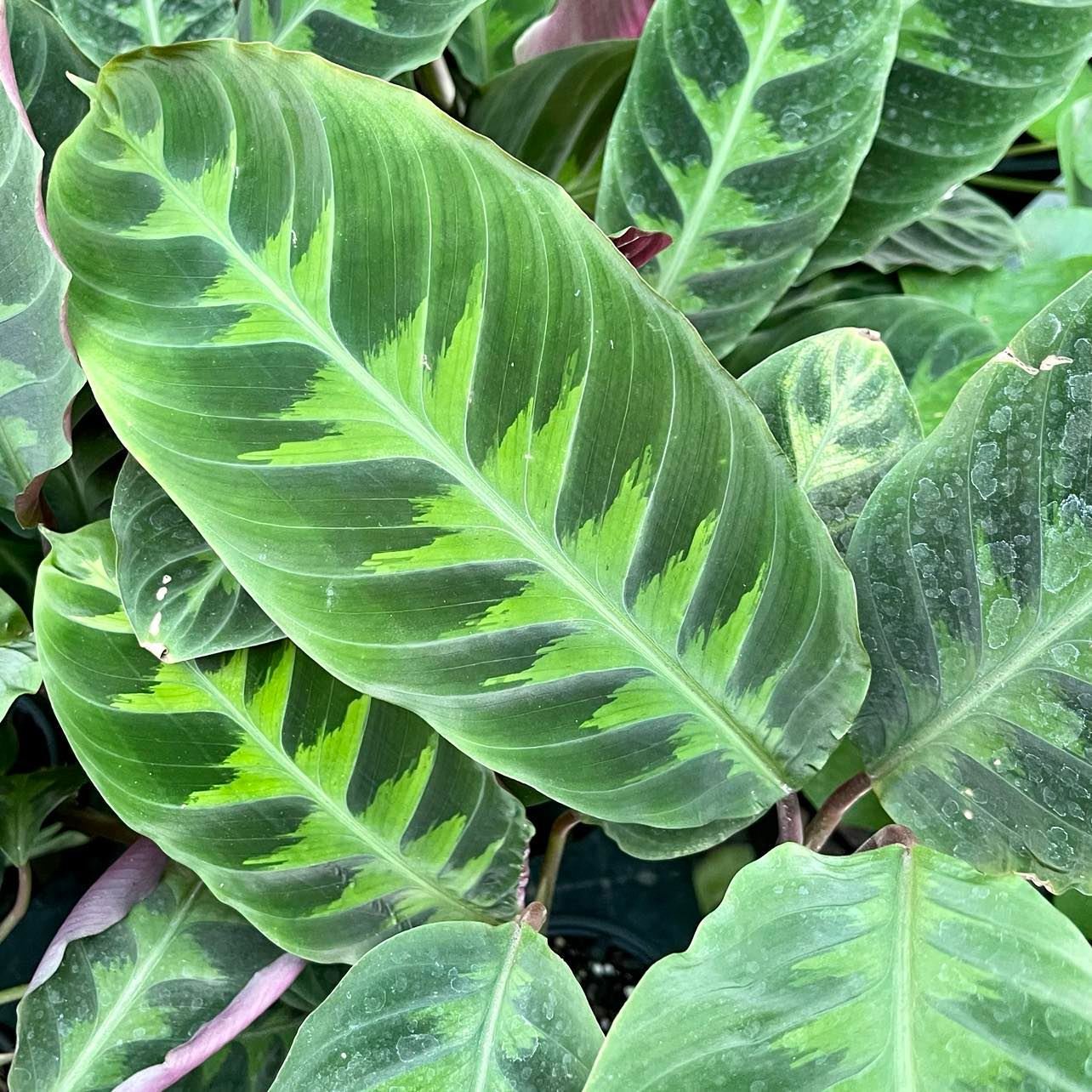Philodendron Atabapoense is a stunning tropical plant native to the Amazon rainforest. With its glossy, dark green leaves and unique, vining growth habits, it adds a touch of elegance to any indoor space. In this article, we will provide a comprehensive guide on how to care for your Philodendron Atabapoense, from choosing the right potting soil and lighting conditions to watering and fertilizing your plant.
By following this guide, you can help your Philodendron Atabapoense thrive and bring a touch of the Amazon rainforest into your home. Although relatively easy for beginners, caring for a Philodendron Atabapoense requires a bit of attention and effort, but the rewards of having this beautiful plant in your collection are well worth it.
Philodendron Atabapoense is an easy to care for plant with long, elongated, green leaves. Similar to the Philodendron Billietiae, this plant is a must have in your plant collection.

Philodendron Atabapoense Quick Overview
| Full Size | 4-8 feet |
| Light | Bright indirect light |
| Temperature | 55ºF-80ºF (12ºC-26ºC) |
| Humidity | Above 60% |
| Cost | $ |
| Care Level | Easy care |
| Toxicity | Toxic |
Size
The mature size of Philodendron Atabapoense can be up to 8 feet in height with the leaves reaching 30 inches in length. When kept indoors, you can expect your plant to reach up to 4-8 feet in height.
The Philodendron Atabapoense is a fast growing climbing plant that will benefit from having a pole to climb. Allowing the plant to climb will support it, as well as encourage larger growth.
Light Requirements
Philodendron Atabapoense will grow best in medium to bright indirect light. Direct sunlight should be avoided as it can scorch the foliage. A sign that your Philodendron Atabapoense is receiving too much sunlight is pale leaves.
This can be resolved by moving your plant to a spot where it doesn’t receive as much direct light. Stems that are looking leggy can be a sign that your plant needs more light.
If your plant is housed in a spot that receives direct sunlight, adding a blind or curtain to your window will help to defuse the harsh sunlight to avoid burning the plants foliage. Alternatively, if you can’t seem to find that perfect spot in your home, you can always use grow lights.
Just like direct sunlight, if your plant is sitting too close to the grow lights, they will burn the foliage. Keeping a safe distance of at least 60cm between your plant and the light will avoid any trouble.
Temperature
The ideal temperature for growing Philodendron Atabapoense is between 55ºF-80ºF (12ºC-26ºC). This plant won’t stand frost or freezing temperatures and can be sensitive to shifts in temperature.
It’s also important to try and avoid housing your plant in a spot that is near vents or drafts. Philodendron Atabapoense shouldn’t be kept in temperatures below 55ºF (12ºC) as it can develop health issues, seize growing and in some cases, plant death.
Humidity
Philodendron Atabapoense will thrive when kept in a humidity environment between 65-70%. This plant loves warmer temperatures and humidity. Keeping plants in a spot that has adequate humidity levels helps them grow new healthy growth and makes them less vulnerable to pests. Crispy brown edges on the leaves can be a sign of not enough humidity.
Providing a high humidity for your plants will encourage bigger and healthier growth. There are a few thing you can do that can help bump up the humidity in your home. The things you can try are:
- Misting your plants
- Pebble trays
- Grouping plants together
- Humidifier
- Greenhouse
For more information on increasing humidity in your home, check out our Humidity Tips for Indoor Plants.
Watering Requirements
You can expect your Philodendron Atabapoense to require watering at least once a week. However, this well depend on things like the environment and type of soil you’re using. Throughout the cooler months this will change as the temperature and amount of sunlight is changing.
This plant can be quite sensitive to over-watering and likes the soil to dry out between waterings. Before watering the plant, you should check the top 2 inches of soil to feel if it’s dry. If the soil feels dry, you should give your plant some water.
Soft, drooping leaves can be a sign that your Philodendron Atabapoense needs water. However, this can also be an indicator of over-watering along with yellowing leaves.
When watering your indoor plants, you should be cautious of over-watering. Excess water to the soil can cause it to become waterlogged, which can cause the roots to rot. Once the roots have rotted, they can no longer take up any nutrients or water for the plant. This can cause fungus issues, pest problems and root-rot.
Ensuring your plants are potted in pots with drainage and well draining soil can assist in avoiding these common issues. After watering, you should check that no plants are sitting in water. Crispy leaves can be a sign of low humidity or not enough water.
Fertilizing requirements
Philodendron Atabapoense should be fertilised monthly during the growing period (Spring and Summer). Fertilising can be cut back during the cooler months (Winter and Autumn) when growth slows and the plant isn’t actively using up the nutrients.
Applying fertiliser when plants aren’t actively growing and using the nutrients in the soil can cause salt build up and root burn. Fertilising your plants will give them the essential nutrients they need for promoting and maintaining new and healthy growth.
The best fertiliser to use for Philodendron Atabapoense would be a balanced all purpose fertiliser diluted to half strength. A fertiliser that is high in nitrogen is another good option to use to help encourage healthy foliage. You should try and avoid any cheap fertilisers that are often high in salts which can damage the roots.
A slow release fertiliser is also another great option for fertilising Philodendron Atabapoense. Slow release fertilisers are easy to use, don’t need to be applied as often and the plant will take the nutrients as it needs them. A slow release fertiliser can be applied every three months or as per packet instructions. For more information on different types of fertilisers, check out our article Types of Fertiliser for Indoor Plants.
When it comes to fertilising house plants, you need to be cautious of over-fertilising. Over-fertilising your Philodendron Atabapoense can burn the leaves and roots and in some cases, cause plant death. If you think you may have over-fertilised your plants, you can change the soil or try and rinse the fertiliser out of the soil with water. You will notice a change in the water colour when the fertiliser has been rinsed out.
Soil Requirements
Philodendron Atabapoense grow best in a loose, well draining soil. To create a well draining mix, you can use a mix of premium potting mix, orchid bark, perlite, peat moss and charcoal. This mixture helps create better drainage and aeration. You could also just add perlite to any general all purpose potting soil for a simple and easier mix.
Airflow is important in potting soil as it allows the plants roots to breathe. Not having enough oxygen to the plants roots can cause them to start rotting. Combining well draining soil and using pots with good drainage can assist in avoiding over-watering your plants. For more information on potting soil, check out The Best Potting Soil for Houseplants.
You can also add organic material like coco coir, mulch chunks or coconut husk to the soil to help restrain some moisture. When it comes to potting soil for indoor plants, you want to use a mix that will hold onto moisture without causing the soil to become soggy. Adding garden compost or worm castings will also add more richness to the soil which plants love.
Diseases & Pests
The most common pests that you may encounter on your Philodendron Atabapoense are mealybugs, spider mites, fungus gnats, scale, aphids and whitefly. Check out Common Houseplant Pests for information on identifying and treating common pests. The most common disease you may encounter is root-rot.
The best thing you can do when it comes to pests on houseplants is to try and avoid any pest infestations from starting. There are a few things you can do that will assist in preventing any pest infestations and these things are:
- Checking new plants for pests or isolating new plants for up to a week.
- Check your plants every few days for pests.
- Trim off any dead or dying leaves.
- Wipe down leaves if you notice them getting dusty.
- Keeping your plants healthy. A healthy plant will be able to handle an infestation better than those that aren’t as happy.
- Isolate any plants that have pests.
Following this will assist in keeping pests away as well as catch them early on before any severe infestations are able to start. Keeping plants healthy and in the correct living environments can help to deter any pests from invading your plants.
Toxicity
Philodendron Atabapoense is toxic to pets and humans if ingested. It contains calcium oxalate crystals and if any part of the plant is ingested, symptoms may include swelling of the oesophagus, GI tract and mouth. If ingested by pets, the symptoms may include vomiting, lack of appetite, drooling and pawing at the mouth. Plant should be kept out of reach of small children and pets.




